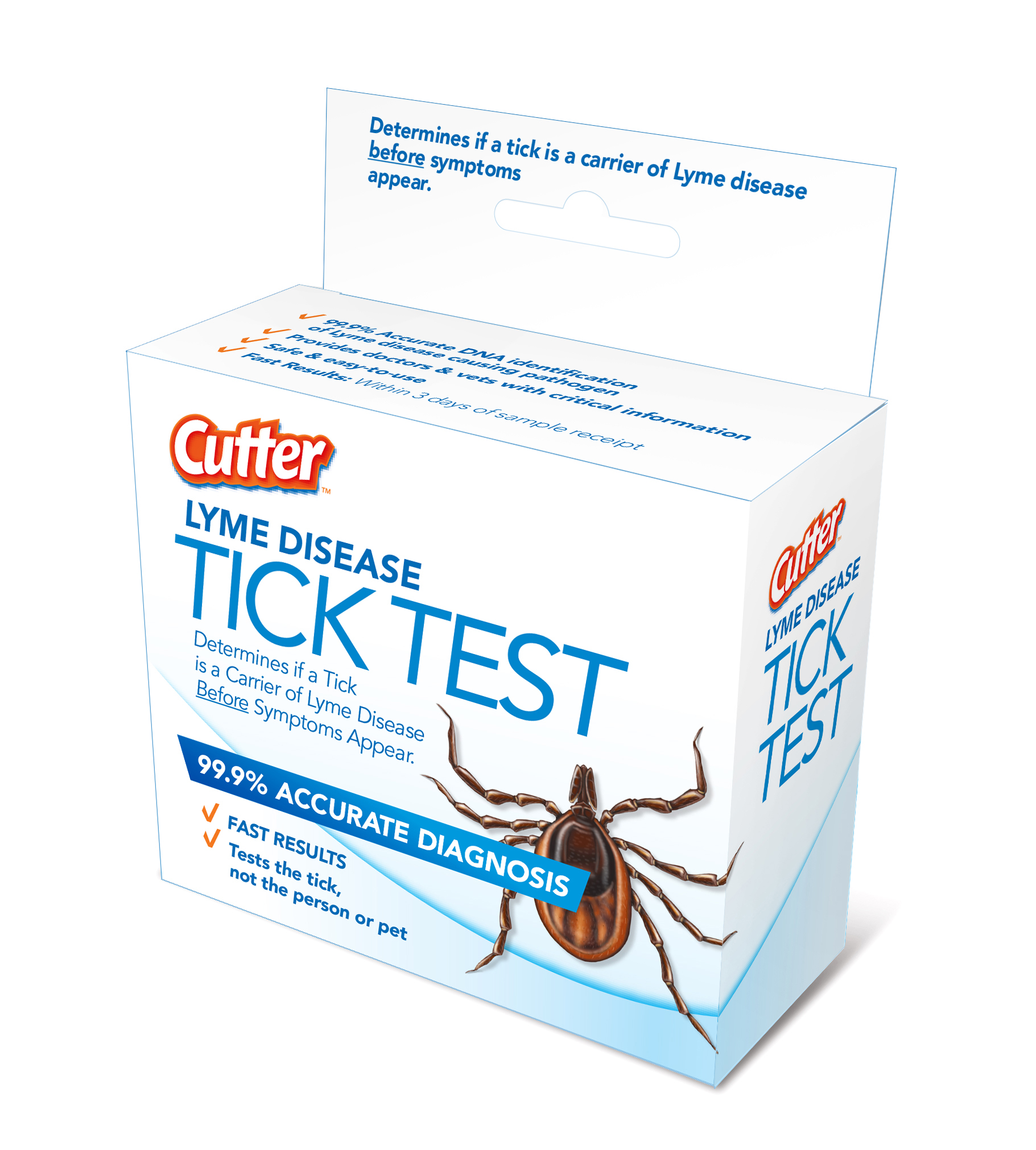

In addition, PCR assays to detect the DNA of the agent have been employed. Several tests are used, including a competitive ELISA assay referred to as the C-ELISA, and a complement fixation, or CF test, performed at the National Veterinary Services Laboratory (NVSL) in Ames, Iowa. Testing is often required for import or export purposes and there are occasional US outbreaks generally associated with the importation of positive animals. Whole blood PCR assays are only rarely positive, and may not be useful in routine diagnostic applications.īabesia caballi and Theileria equi (formerly Babesia equi) are considered foreign animal disease agents associated with the illness referred to as Equine Piroplasmosis. In addition, a PCR test may be used to detect the organism's DNA in tissue, for example in synovial tissue from inflamed joints or in CSF or ocular fluid, but it involves more invasive sampling. Antibodies indicating prior infection are detected in serum of horses at the AHDC laboratory using the Lyme Multiplex assay. Clinical signs associated with Bb infection in horses have been poorly defined, but may include shifting leg lameness, hypersensitivity to touch, uveitis, neurologic signs. Infection is detected by PCR of whole blood samples (EDTA blood) or antibody seroconversion by IFA test.īorrelia burgdorferi (Bb) is the bacterial causative agent of Lyme disease. Illness can include a range of signs consisting of fever, anorexia, lethargy, depression, abdominal pain (colic) diarrhea, dehydration (even preceding diarrhea), laminitis, toxemia, and abortion. Neorickettsiae risticii is the bacterial pathogen formerly called Ehrlichia risticii, the causative agent of Potomac Horse Fever. It can be detected in blood smears early in the course of clinical infection and illness as morula in neutrophils, or by PCR of whole blood samples (EDTA blood) or later by antibody seroconversion with an IFA test. Illness can include a range of non-specific signs, including but not limited to fever, anemia, icterus, swollen stiff legs.

In addition, spleen may be tested by some laboratories.Ĭall the AHDC (60, ask to speak with one of the VSS veterinarians) with questions regarding the testing of non-equine/canine/feline/bovine species for tick-borne diseases in the generas Anaplasma, Ehrlichia, Babesia, Bartonella, and Rickettsia.Īnaplasma phagocytophilum is the bacterial agent formerly called Ehrlichia equi. In the event that only post-mortem samples are available, EDTA unclotted heart blood could be used. The tests would require EDTA whole blood from a live animal. Genera-specific PCR tests, or broad PCR panels may be the most appropriate to test samples from species for which serological testing has not been developed or validated, such as wildlife or exotic species or some minor domestic species. The following is a list of tests offered by the Animal Health Diagnostic Center (AHDC) that include blood smear evaluation: They will not be detected on automated hemograms or CBCs. Some of the agents of concern when considering blood parasite-related diseases may be detected by examination of blood smears, depending on the stage of infection.


 0 kommentar(er)
0 kommentar(er)
